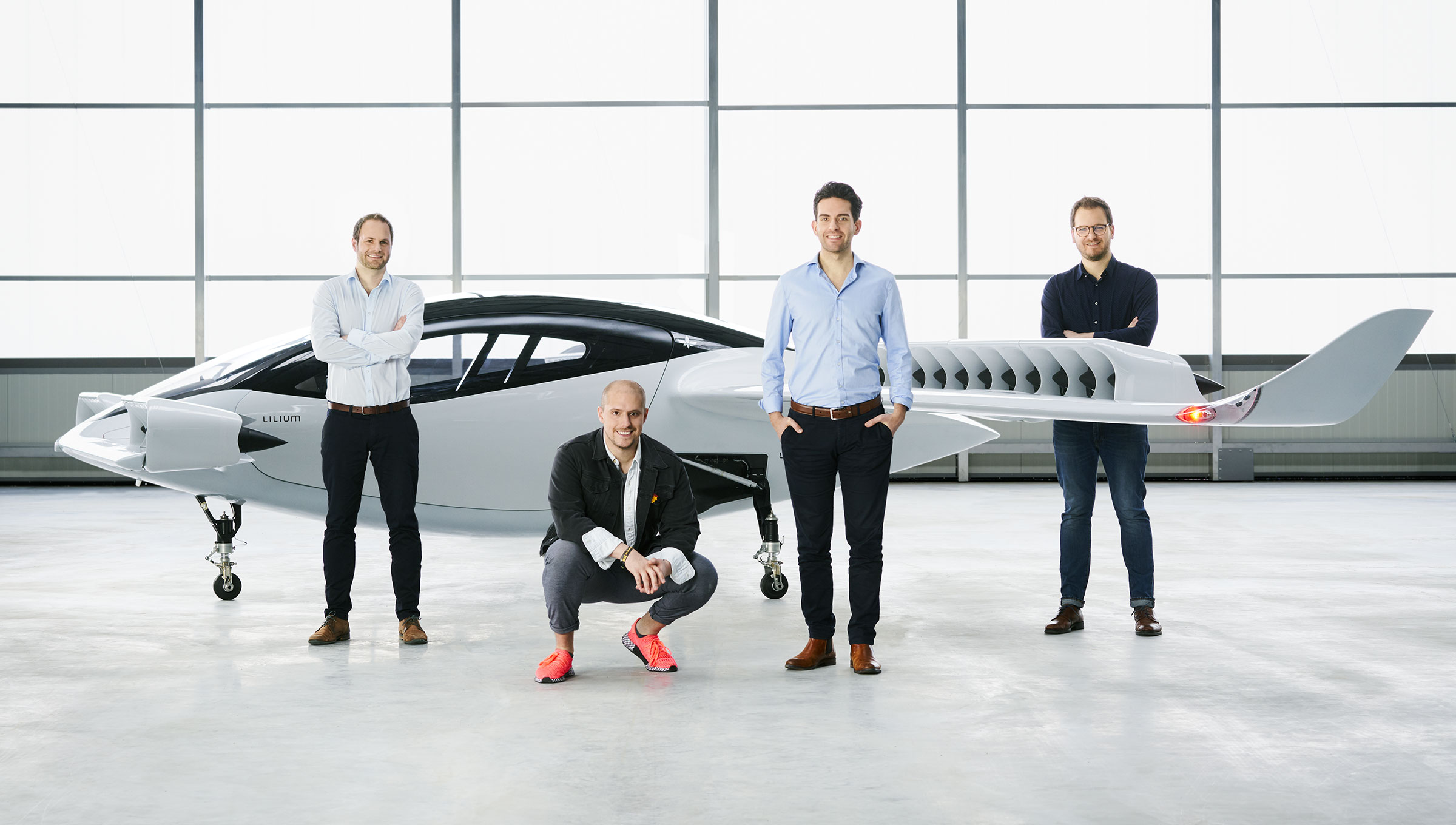Why it matters: Lilium’s express goal is to create a flying transportation network, and their means of getting there is just as strange as science fiction predicted it would be. Here’s the Lilium Jet: a vertical take-off and landing (VTOL) five-seater craft powered by 36 electric jet engines that are just as efficient as an electric car over long distances. While it sounds (and looks) far-fetched, it completed its maiden flight a fortnight ago.

Lilium’s a young Munich-based startup that’s funded by Twitter co-founder Ev Williams, Tencent, Skype co-founder Niklas Zennstrom, and a couple of venture funds. They see themselves as a Tesla meets Uber meets Boeing, as the pioneers of short-range versatile aircraft. Their plan is to release a fleet of Lilium Jets as a taxi-like service in 2025 completing short flights like New York to Boston in about an hour. Allegedly, prices will even be “competitive with today’s travel options.”
The plan requires the Lilium Jet to be maneuverable, affordable and scalable. Meeting those criteria requires a new type of aircraft that is smaller and more environmentally friendly than existing options. Unlike many other startup vehicles with outlandish designs, the Lilium Jet’s is rooted in logic: dual wings to provide stability during vertical flight, electric engines because they can reach max thrust in less than a second, engines on adjustable panels to smoothly transition to horizontal flight, fixed wing design for efficiency…
The result of all that careful thought is a vehicle almost like a speeder from Star Wars. A quick launch and fast journey are made possible with a 300 km/h (186 mph) max speed and enough battery for an hour’s flight, Lilium claims. While cruising it’s as efficient as modern-day electric cars, using just 10% of its 2000 hp to maintain speed. The wingspan is 11 m, and it can hold four passengers and a pilot.
The maiden flight for the Lilium Jet was completed on May 4th (a nod, perhaps, to its sci-fi nature), where it, well, went up a few meters then came back down. While that’s unexciting, Lilium promises that the Jet is already capable of complex flight patterns, and considering they demonstrated some cool maneuvers with a two-seater prototype two years ago, there’s no doubt we’ll see the Jet back in action soon. Hopefully, we’ll be given some proof of Lilium’s astonishing claims.
https://www.techspot.com/news/80135-lilium-electric-jet-taxi-completes-first-flight.html